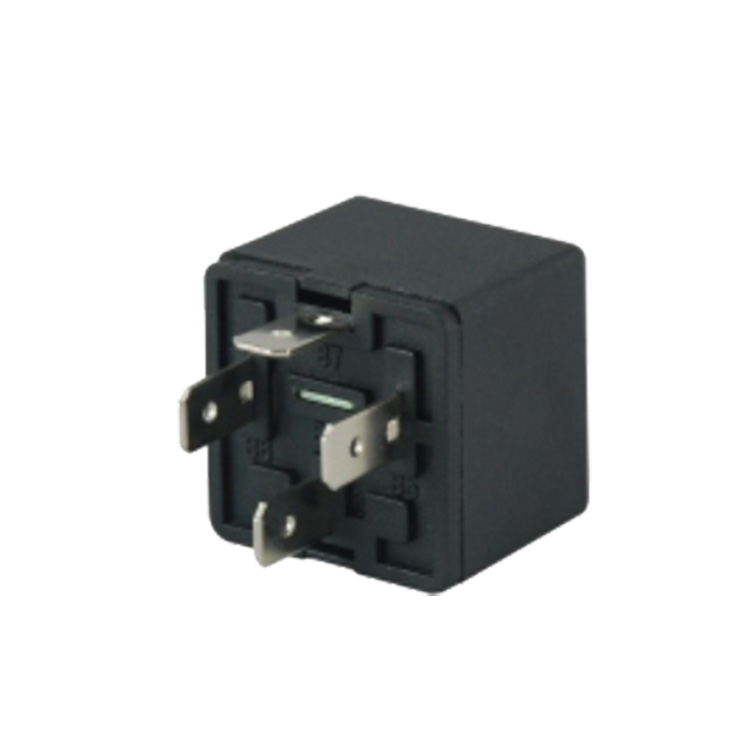Exploring the Key Specifications of an Auto Universal Relay
2024-06-06
In the automotive industry, the auto universal relay is a crucial component that ensures the smooth operation of electrical systems. Its versatility and adaptability are attributed to a set of key specifications that define its capabilities and limitations. Let's take a closer look at some of these specifications, including voltage rating, amperage capacity, and contact forms.
Voltage Rating
The voltage rating of an auto universal relay refers to the maximum voltage that the relay can safely handle without sustaining damage. This specification is crucial in ensuring that the relay can function properly in the specific electrical system it is designed for. Different automotive applications require different voltage ratings, so it's important to select a relay with a voltage rating that matches the needs of the system.
Amperage Capacity
The amperage capacity of an auto universal relay specifies the maximum current that the relay can safely switch. This specification is determined by the size and design of the relay's contacts and is essential for preventing overheating and damage to the relay. Like voltage rating, amperage capacity must be carefully matched to the requirements of the electrical system.
Contact Forms
The contact forms of an auto universal relay refer to the configuration of the relay's contacts. There are several different contact forms available, each with its own unique set of characteristics and applications. Some common contact forms include:
Single-Pole, Single-Throw (SPST): This configuration has one input terminal, one output terminal, and one common terminal. It is often used in applications that require a simple on/off control.
Single-Pole, Double-Throw (SPDT): This configuration has one input terminal, two output terminals, and one common terminal. It allows the relay to switch between two different circuits, making it ideal for applications that require multiple outputs or alternate functions.
Double-Pole, Single-Throw (DPST): This configuration has two input terminals, two output terminals, and two common terminals. It provides redundancy and increased reliability by having two separate contact sets.
Double-Pole, Double-Throw (DPDT): This configuration combines the features of SPDT and DPST, with two input terminals, four output terminals, and two common terminals. It is often used in applications that require complex switching and multiple outputs.
The choice of contact form depends on the specific requirements of the automotive system. Selecting the right contact form can help optimize the performance and reliability of the relay.
Conclusion
The key specifications of an auto universal relay, including voltage rating, amperage capacity, and contact forms, are crucial in ensuring that the relay can meet the demands of the automotive system it is designed for. By carefully selecting a relay with the appropriate specifications, automotive manufacturers can ensure the smooth and reliable operation of their vehicles' electrical systems.



